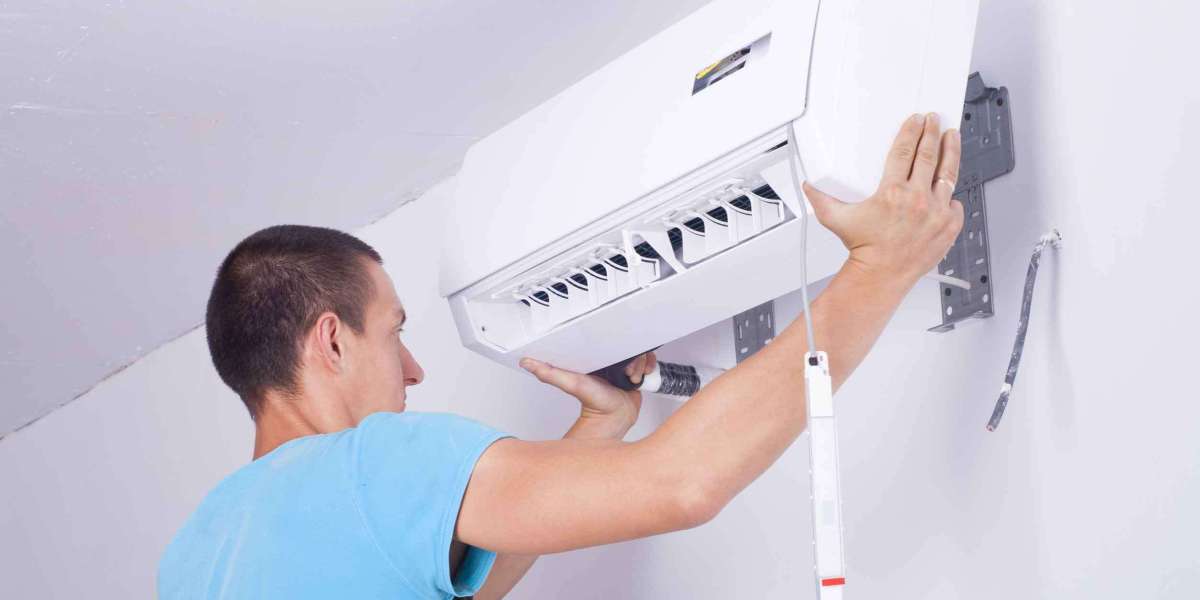Proper air conditioner installation is crucial for ensuring optimal performance, energy efficiency, and longevity of the system. The science behind this process involves a careful understanding of the principles of thermodynamics, airflow dynamics, and equipment specifications. In this article, we will explore the key factors that contribute to the science behind proper air conditioner installation, providing you with valuable insights into this essential aspect of HVAC system maintenance.
The Importance of Correct Air Conditioner Installation
Installing an air conditioner correctly is of utmost importance to achieve maximum efficiency and ensure the system operates at its best capacity. Proper installation not only enhances the performance of the unit but also extends its lifespan, reduces energy consumption, and improves indoor air quality. Therefore, it is crucial to understand the science behind air conditioner installation to make informed decisions and hire professionals who possess the necessary expertise.
Understanding the Basics of Air Conditioning Systems
Before discussing the science behind proper air conditioner installation in Adelaide, let us briefly discuss the basic components and functioning of air conditioning systems. The system comprises an indoor unit, an outdoor unit, and a network of ducts. The indoor unit consists of an evaporator coil, a blower fan, and air filters, while the outdoor unit houses the condenser coil, compressor, and a fan. The entire system works together to cool the air and circulate it throughout the building.
The Science of Proper Air Conditioner Installation
1. Correct Sizing
Properly sizing the air conditioning system is crucial for efficient operation. Oversized or undersized units can lead to energy wastage, reduced comfort, and increased wear and tear on the equipment. The size of the air conditioner should be determined based on the cooling load requirements of the space, taking into account factors such as square footage, insulation, and occupancy.
2. Optimal Refrigerant Charge
The refrigerant charge plays a significant role in the cooling process. Improper refrigerant levels can result in reduced efficiency and cause damage to the compressor. During installation, it is essential to ensure the correct refrigerant charge according to the manufacturer's specifications. This involves accurately measuring and adjusting the refrigerant levels, considering factors like ambient temperature and system design.
3. Proper Airflow Distribution
Efficient airflow distribution is vital for maintaining consistent cooling throughout the building. Poor airflow can lead to temperature imbalances, reduced comfort, and increased energy consumption. To ensure proper airflow distribution, the installation should include correct sizing and placement of ductwork, proper sealing to prevent air leaks, and adequate airflow balancing.
4. Ductwork Design and Sealing
The design and sealing of the ductwork have a significant impact on the overall performance of the air conditioning system. Improperly designed or leaky ducts can lead to air loss, decreased efficiency, and poor indoor air quality. Proper ductwork design should consider factors such as duct size, insulation, and the number of bends and branches. Additionally, sealing any leaks in the ductwork is essential to prevent conditioned air from escaping and unconditioned air from infiltrating the system.
5. Electrical Connections and Controls
Ensuring proper electrical connections and controls during installation is crucial for the safe and efficient operation of the air conditioner. Faulty wiring or incorrect connections can lead to system malfunctions, reduced efficiency, or even electrical hazards. It is essential to follow the manufacturer's guidelines and local electrical codes when making electrical connections and setting up the controls.
6. Professional Installation
The science behind proper air conditioner installation emphasizes the importance of hiring trained and certified HVAC professionals for the task. Professionals possess the necessary knowledge, skills, and experience to carry out the installation process correctly. They are familiar with industry standards, regulations, and best practices, ensuring a smooth and efficient installation that adheres to safety guidelines.
Frequently Asked Questions (FAQs)
Q: What are the potential risks of incorrect air conditioner installation?
- Improper air conditioner installation can result in several issues, including reduced efficiency, increased energy consumption, frequent breakdowns, poor indoor air quality, and premature system failure. It can also void the manufacturer's warranty and lead to costly repairs or replacements.
Q: How can I determine if my air conditioner was installed correctly?
- Some signs that indicate incorrect air conditioner installation include inadequate cooling, frequent system cycling, inconsistent temperature distribution, unusual noises or vibrations, and high energy bills. If you notice any of these signs, it is advisable to have a professional HVAC technician assess the installation.
Q: Can I install an air conditioner myself to save money?
- While DIY installation may seem like a cost-saving option, it is not recommended unless you have the necessary knowledge and expertise. Improper installation can lead to various problems and potentially damage the system. It is always best to hire a professional HVAC technician for proper installation.
Q: How long does a typical air conditioner installation take?
- The duration of air conditioner installation depends on various factors, such as the complexity of the system, the size of the property, and any additional modifications required. On average, a standard installation may take between four to eight hours. However, it is advisable to consult with the HVAC professional for a more accurate estimate based on your specific requirements.
Q: Can I reuse my existing ductwork during an air conditioner installation?
- In some cases, existing ductwork can be reused if it is in good condition and properly sized for the new system. However, it is essential to have the ductwork inspected to ensure it meets the necessary standards. If the ductwork is damaged, inefficient, or poorly designed, it may need to be replaced or modified for optimal performance.
Q: How often should I schedule professional maintenance for my air conditioning system?
- Regular professional maintenance is crucial for the proper functioning and longevity of your air conditioning system. It is recommended to schedule maintenance at least once a year, preferably before the start of the cooling season. This allows the HVAC technician to inspect, clean, and tune up the system, identify potential issues, and ensure optimal performance.
Conclusion
Proper air conditioner installation is a science that involves considering various factors, including correct sizing, optimal refrigerant charge, airflow distribution, ductwork design, electrical connections, and professional expertise. Understanding the science behind proper air conditioner installation is essential for homeowners and building managers to make informed decisions and ensure the optimal performance, energy efficiency, and longevity of their HVAC systems. By hiring qualified HVAC professionals and following industry best practices, you can enjoy reliable cooling and enhanced indoor comfort.








